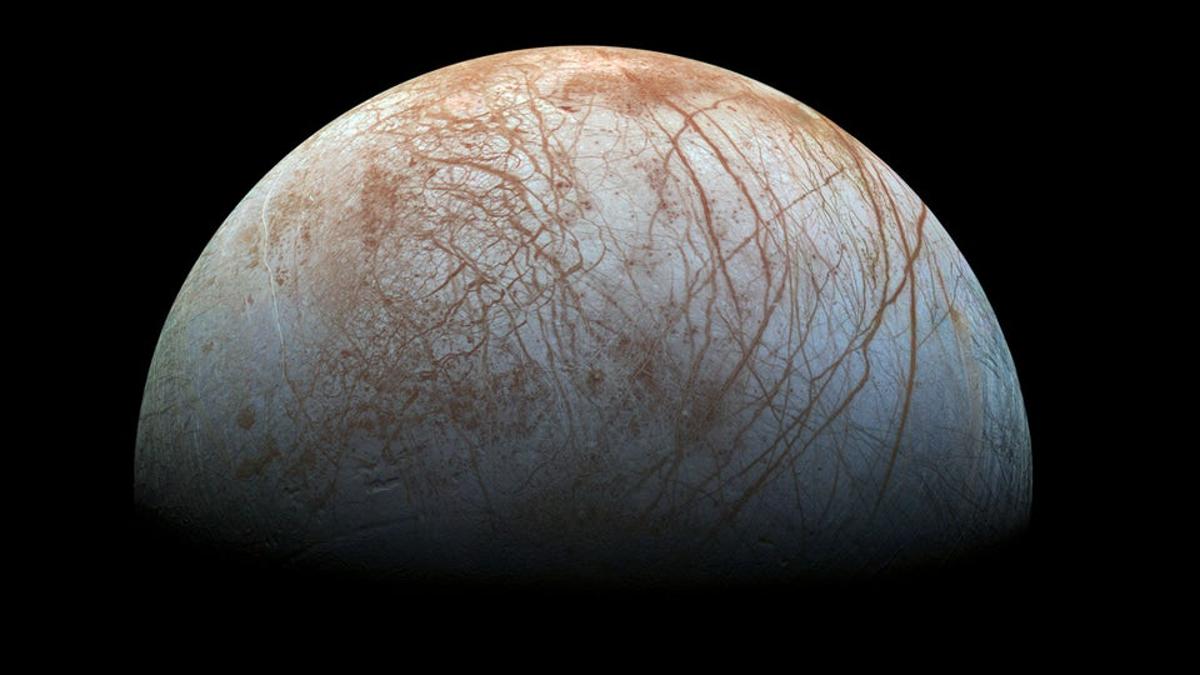The Search for Extraterrestrial Life: Could Europa Hold the Answer?
A groundbreaking study suggests that by 2030, we could discover signs of alien life, thanks to advanced instruments aboard NASA’s upcoming mission. These highly sensitive tools, designed to detect even the smallest traces of life, may be able to identify a single living cell within an ice particle. Rather than Mars or distant exoplanets, researchers are focusing on icy moons like Jupiter’s Europa and Saturn’s Enceladus, which are believed to hide vast oceans beneath their frozen surfaces—potential environments for life.
NASA’s Europa Clipper mission, set to launch soon, will provide a closer look at one of these promising moons. Flying just 25 kilometers above Europa’s surface, the spacecraft will gather essential data on its icy crust, internal ocean, and the composition of ice and dust particles in space. Though the mission’s primary goal isn’t to search for life, recent findings indicate that it might uncover extraterrestrial organisms hidden within Europa’s icy plumes.
How NASA’s Instruments Could Detect Alien Life
Scientists from the University of Washington and Freie Universität Berlin have simulated Europa Clipper’s ability to identify microscopic life forms in ice grains. In their experiment, they replicated the extreme conditions of space by directing water into a vacuum and using lasers to analyze the droplets. Their tests showed that the spacecraft’s mass spectrometer could detect biological material—such as microbes—within the ice grains it collects from Europa’s plumes.
To mimic potential alien organisms, the researchers used Sphingopyxis alaskensis, a hardy bacterium that thrives in cold, nutrient-scarce environments like those off the Alaskan coast. These microbes could resemble life forms that might exist in Europa’s hidden ocean and could travel into space via ice plumes. The study demonstrated that even the smallest traces of life, such as a single cell, could be identified by the spacecraft’s instruments.
The prospect of detecting alien life is closer than ever, and when Europa Clipper arrives in 2030, it could provide the most compelling evidence yet of life beyond Earth. With the capability to analyze the icy plumes of Europa, NASA’s mission could revolutionize our understanding of the solar system and potentially answer one of humanity’s greatest questions—are we alone?
